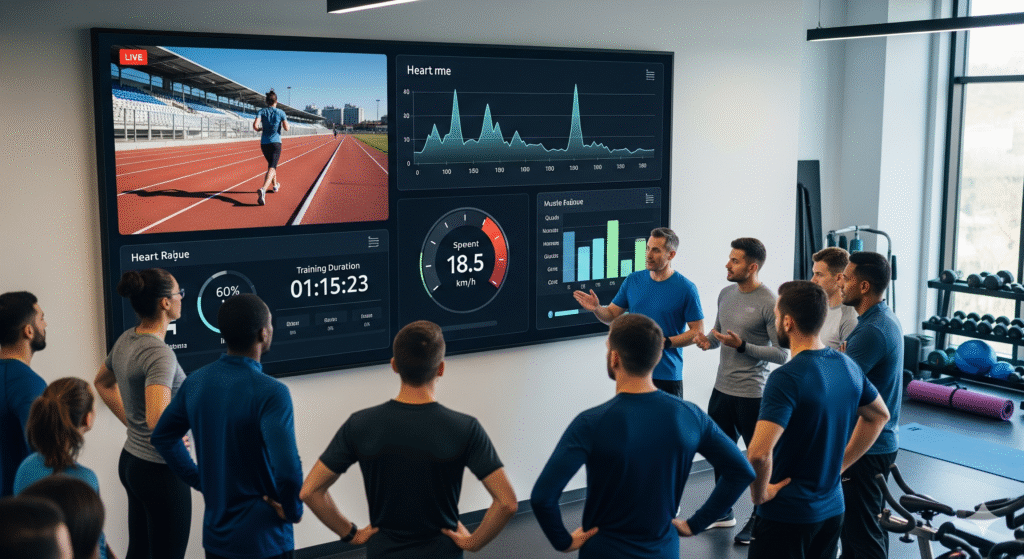Introduction
Sports have always been about instinct, skill, and strategy. Today, however, sports analytics is changing the game by turning raw data into actionable insights. From athlete performance optimization to enhancing fan engagement, analytics is shaping the future of how games are played, managed, and experienced.
What is Sports Analytics?
Sports analytics is the application of data collection and statistical models to evaluate performance, strategies, and outcomes. Using AI, machine learning, and predictive modeling, teams gain deeper insights into athletes, opponents, and fans.

Importance in Sports Today
-
- Performance Optimization: Track player stats like speed, stamina, and injury risk.
-
- Game Strategy: Coaches use predictive data to plan formations and tactics.
-
- Business Decisions: Franchises make smarter moves on player acquisitions and sponsorships.
-
- Fan Engagement: Personalized experiences based on fan data boost loyalty.

Real-World Applications
-
- Moneyball Effect: Popularized by baseball, now adopted in football, basketball, and cricket.
-
- Injury Prevention: Analytics predict overuse injuries before they happen.
-
- Esports Analytics: Teams study reaction time, accuracy, and gaming habits.
-
- World Cup & Olympic Games: Data-driven analysis optimizes training and performance.

Latest Trends & Future Outlook
-
- AI & Machine Learning: Real-time decision-making during matches.
-
- Wearable Technology Integration: Combining analytics with live performance tracking.
-
- Sports Business Applications: Ticket sales, fan behavior, and sponsorship ROI measured through analytics.
-
- Global Adoption: From grassroots to elite levels, data is becoming the backbone of sports.
Conclusion
Sports analytics has transformed the playing field by blending data with instinct. Whether it’s preventing injuries, refining strategies, or creating engaging fan experiences, analytics will continue to be a game-changer in sports innovation.
















